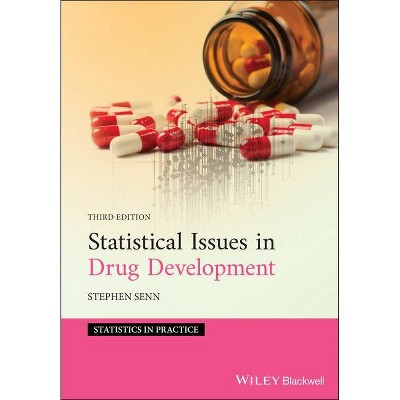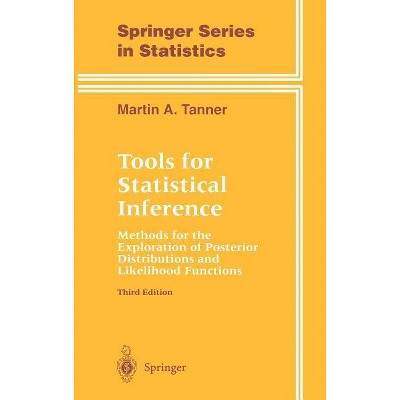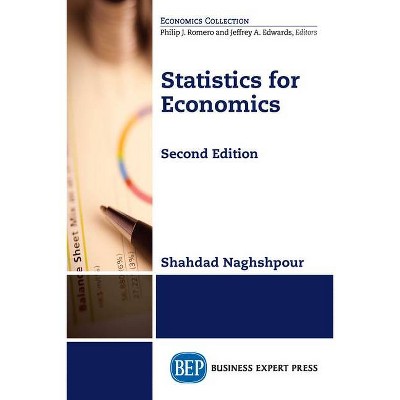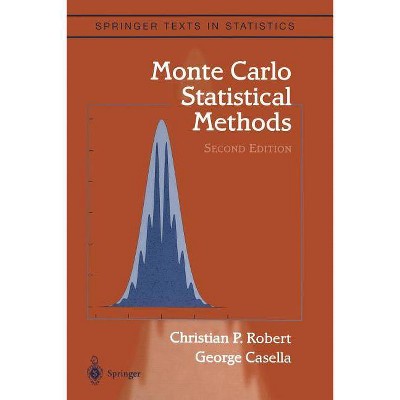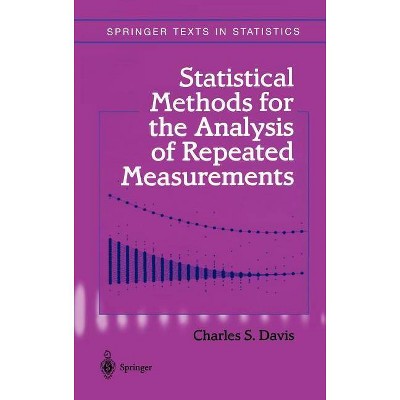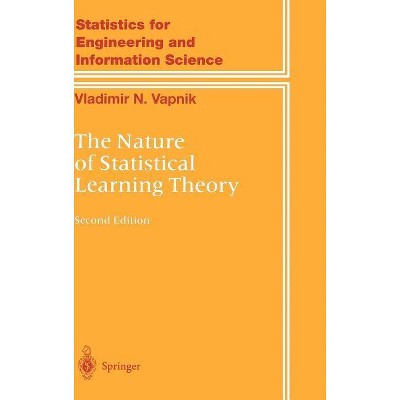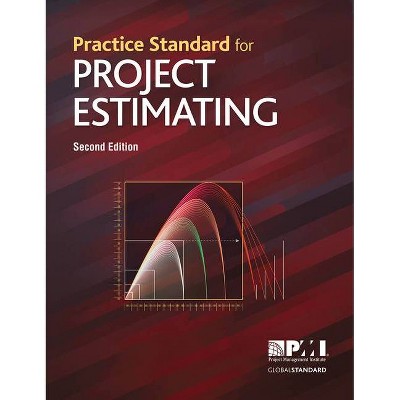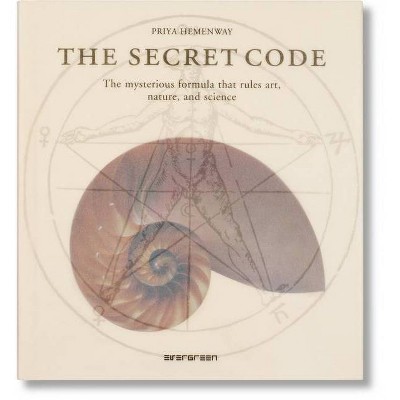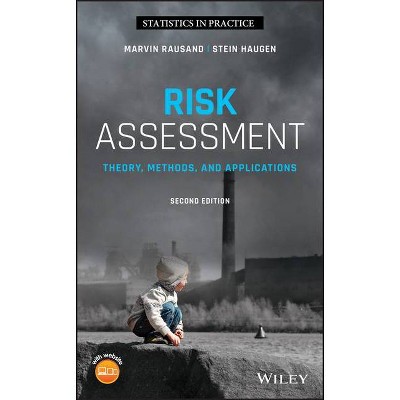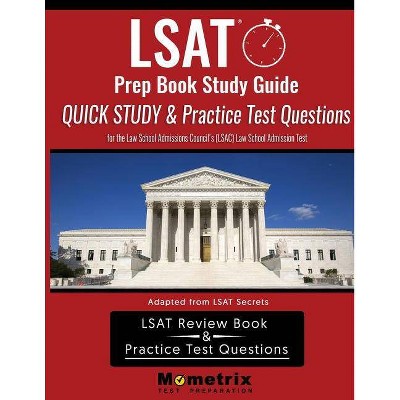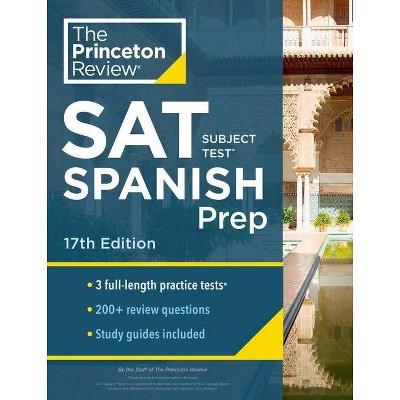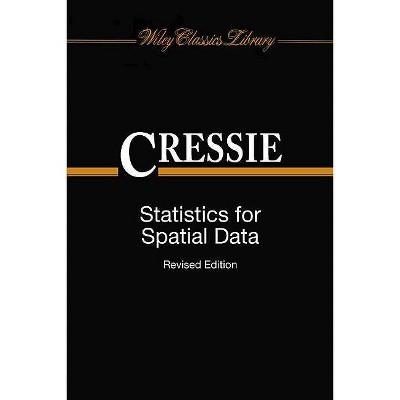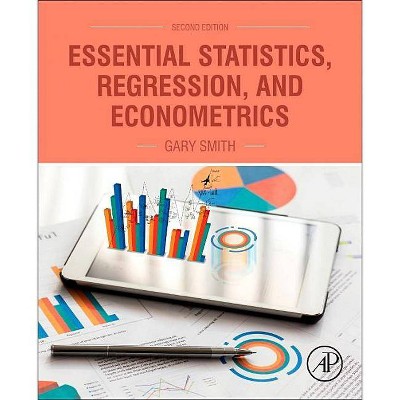Statistical Methods for Groundwater Monitoring, Second Edition - (Statistics in Practice) 2nd Edition (Hardcover)
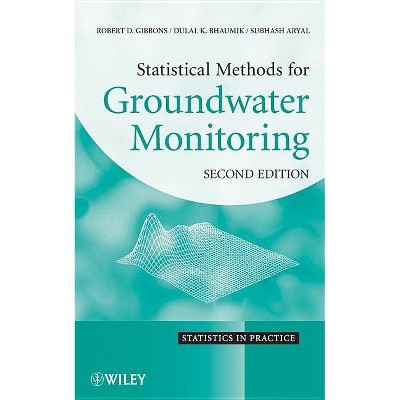
Similar Products
Products of same category from the store
AllProduct info
<p/><br></br><p><b> From the Back Cover </b></p></br></br><b>A new edition of the most comprehensive overview of statistical methods for environmental monitoring applications</b> <p>Thoroughly updated to provide current research findings, <i>Statistical Methods for Groundwater Monitoring, Second Edition</i> continues to provide a comprehensive overview and accessible treatment of the statistical methods that are useful in the analysis of environmental data. This new edition expands focus on statistical comparison to regulatory standards that are a vital part of assessment, compliance, and corrective action monitoring in the environmental sciences.</p> <p>The book explores quantitative concepts useful for surface water monitoring as well as soil and air monitoring applications while also maintaining a focus on the analysis of groundwater monitoring data in order to detect environmental impacts from a variety of sources, such as industrial activity and waste disposal. The authors introduce the statistical properties of alternative approaches, such as false positive and false negative rates, that are associated with each test and the factors related to these error rates. The <i>Second Edition</i> also features: </p> <ul> <li> <p>An introduction to Intra-laboratory Calibration Curves and random-effects regression models for non-constant measurement variability</p> </li> <li> <p>Coverage of statistical prediction limits for a gamma-distributed random variable, with a focus on estimation and testing of parameters in environmental monitoring applications</p> </li> <li> <p>A unified treatment of censored data with the computation of statistical prediction, tolerance, and control limits</p> </li> <li> <p>Expanded coverage of statistical issues related to laboratory practice, such as detection and quantitation limits</p> </li> <li> <p>An updated chapter on regulatory issues that outlines common mistakes to avoid in groundwater monitoring applications as well as an introduction to the newest regulations for both hazardous and municipal solid waste facilities</p> </li> </ul> <p>Each chapter provides a general overview of a problem, followed by statistical derivation of the solution and a relevant example complete with computational details that allow readers to perform routine application of the statistical results. Relevant issues are highlighted throughout, and recommendations are also provided for specific problems based on characteristics such as number of monitoring wells, number of constituents, distributional form of measurements, and detection frequency.</p> <p><i>Statistical Methods for Groundwater Monitoring, Second Edition</i> is an excellent supplement to courses on environmental statistics at the upper-undergraduate and graduate levels. It is also a valuable resource for researchers and practitioners in the fields of biostatistics, engineering, and the environmental sciences who work with statistical methods in their everyday work.</p><p/><br></br><p><b> Review Quotes </b></p></br></br><br>This book is an excellent supplementary text for courses on environmental statistics or reference for researchers and practitioners. (<i>Book News</i>, December 2009)<br><p/><br></br><p><b> About the Author </b></p></br></br><b>Robert D. Gibbons, PhD</b>, is Director of the Center for Health Statistics and Professor of Biostatistics and Psychiatry at the University of Illinois at Chicago. A Fellow of the American Statistical Association and member of the Institute of Medicine of the National Academy of Sciences, Dr. Gibbons has written more than 200 journal articles in the areas of statistics and psychometrics. He is the coauthor of <i>Longitudinal Data Analysis</i> and <i>Statistical Methods for Detection and Quantification of Environmental Contamination</i>, both published by Wiley. <p><b>DULAL K. BHAUMIK, PhD</b>, is Professor of Biostatistics, Psychiatry, and Bioengineering at the University of Illinois at Chicago. A Fellow of the American Statistical Association, Dr. Bhaumik has published more than fifty journal articles in his areas of research interest, which include environmental statistics, statistical problems in psychiatry, biostatistics, design of experiments, and statistical inference.</p> <p><b>SUBHASH ARYAL, PhD</b>, is Assistant Professor of Biostatistics at the University of North Texas Health Science Center at Fort Worth. He has coauthored numerous published articles on statistics in the environmental sciences.</p>
Price History
Price Archive shows prices from various stores, lets you see history and find the cheapest. There is no actual sale on the website. For all support, inquiry and suggestion messagescommunication@pricearchive.us
